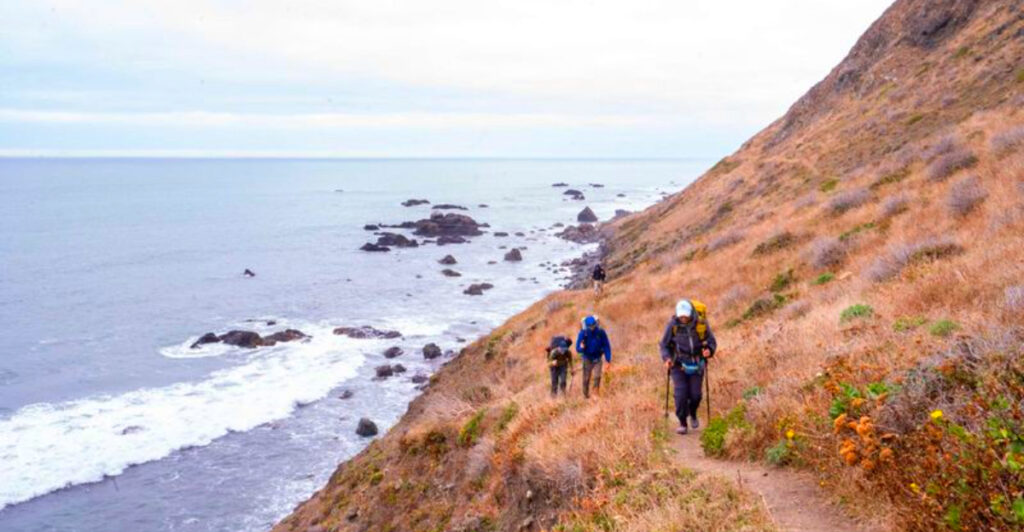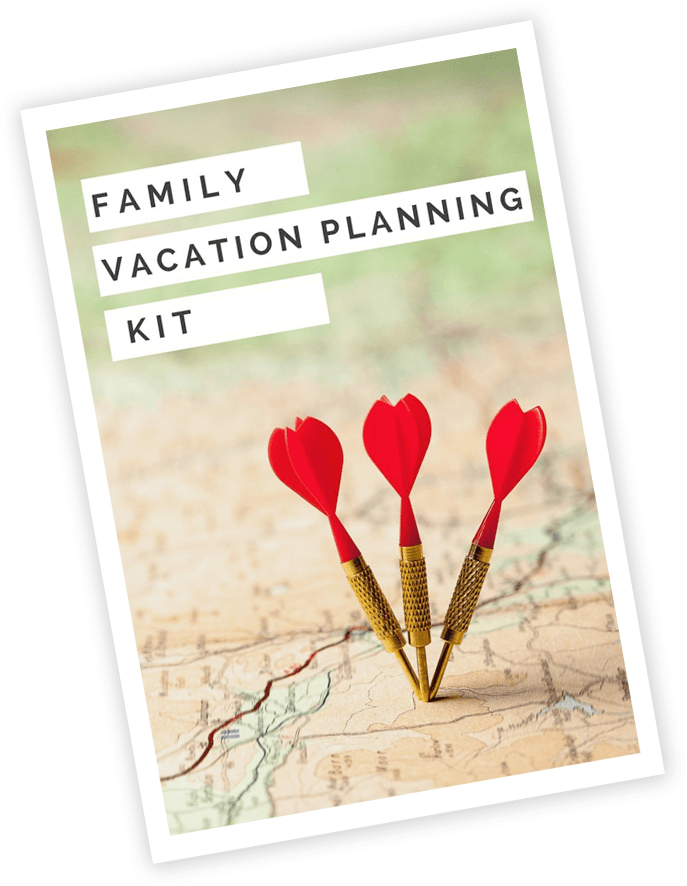September brings cooler temperatures and stunning fall colors, making it one of the best months for hiking. However, autumn also brings unique challenges that can catch even experienced hikers off guard. Weather patterns shift quickly, wildlife behaves differently, and daylight hours shrink faster than you might expect. Proper preparation can mean the difference between an amazing adventure and a dangerous situation.
1. The Point Forecast for Your Exact Trail

Mountain weather acts like a moody teenager – it changes without warning and can turn dangerous fast. Pull up the National Weather Service point forecast for your specific trailhead or summit, not just the general area forecast.
Lightning poses a serious threat in September storms. Remember this simple rule: if you hear thunder, you’re already within striking distance of lightning.
Hikers in eastern states or Gulf regions should also check the National Hurricane Center outlook, since September marks peak hurricane season. These storms can bring dangerous conditions hundreds of miles inland.
2. Air Quality & Wildfire Smoke
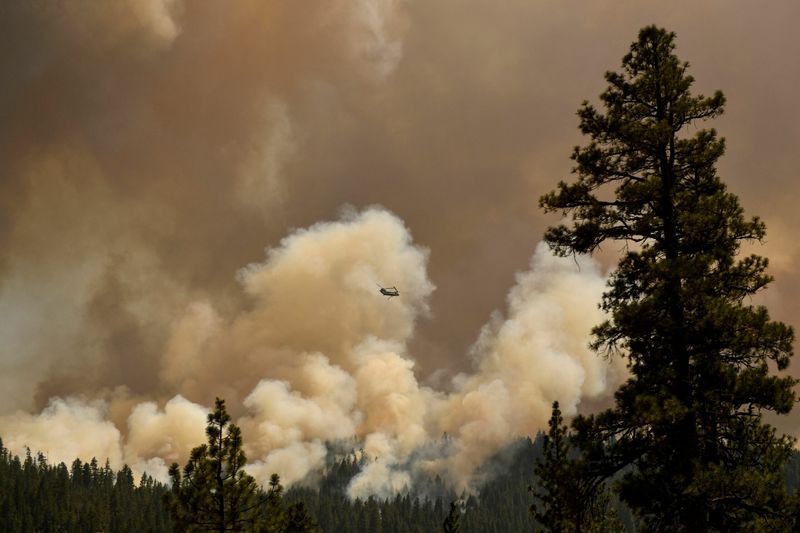
Smoke from late-season wildfires can drift hundreds of miles, turning a beautiful hiking day into a health hazard. Check AirNow for the Air Quality Index and consult the Fire & Smoke Map before heading out.
Unhealthy air quality levels can cause breathing problems, especially during physical activity. When the AQI reaches unhealthy levels, consider postponing your hike or choosing an indoor activity instead.
Wildfire smoke often settles in valleys and can be worse in the morning. Even if skies look clear at home, conditions on the trail might be completely different.
3. Fire Danger & Restrictions
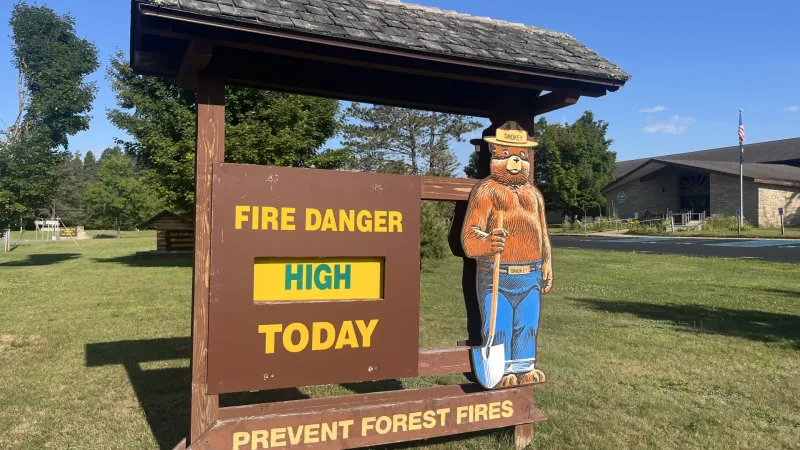
Forest fire restrictions change frequently based on current conditions, and violating them can result in hefty fines or even criminal charges. Many forests implement seasonal bans on campfires, certain types of stoves, or smoking during high-risk periods.
Check current US Forest Service fire restrictions before packing your camping stove or planning that cozy campfire. What was allowed last week might be banned today.
Some restrictions are very specific – certain stove types might be prohibited while others remain acceptable. Always verify the exact rules for your planned camping area and dates.
4. Official Park/Forest Alerts & Trail Closures
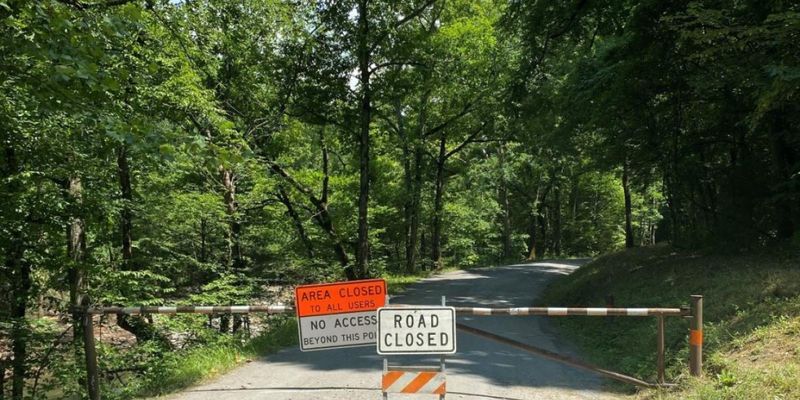
Trail conditions change faster than your favorite hiking app can update. Recent storms, washouts, bridge failures, or construction projects can close trails with little notice, leaving you stranded at a trailhead.
Check National Park Service “Alerts & Conditions” pages and US Forest Service alerts directly from official sources. These government updates trump third-party apps every time.
Road closures can be just as problematic as trail closures. Verify that you can actually reach your planned trailhead, especially in areas prone to rockslides or flood damage from recent weather events.
5. Permits or Timed-Entry Reservations
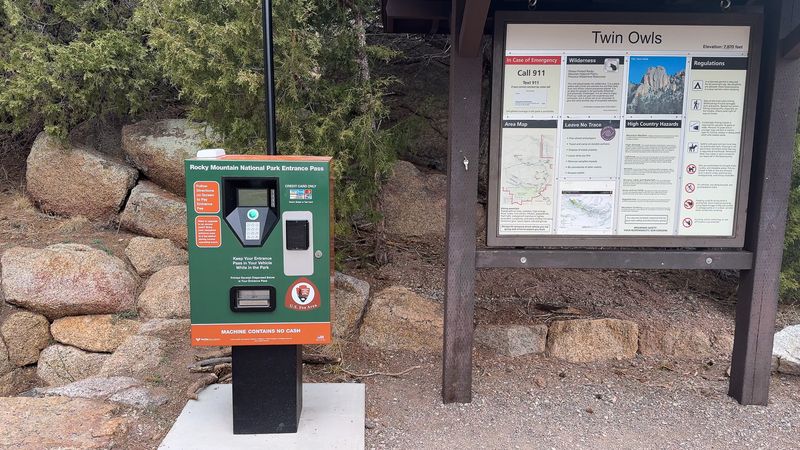
Popular parks like Glacier and Rocky Mountain have published their 2025 timed-entry requirements, and showing up without proper reservations means getting turned away at the gate. These systems help manage overcrowding but require advance planning.
Reservation requirements often vary by season, entrance gate, and even time of day. Some parks meter vehicle entry while others restrict access to specific trails or camping areas.
Double-check that your reservation matches your exact dates, entrance location, and planned activities. A reservation for the wrong entrance can leave you scrambling to find alternatives on busy September weekends.
6. Hunting Seasons Where You’re Hiking
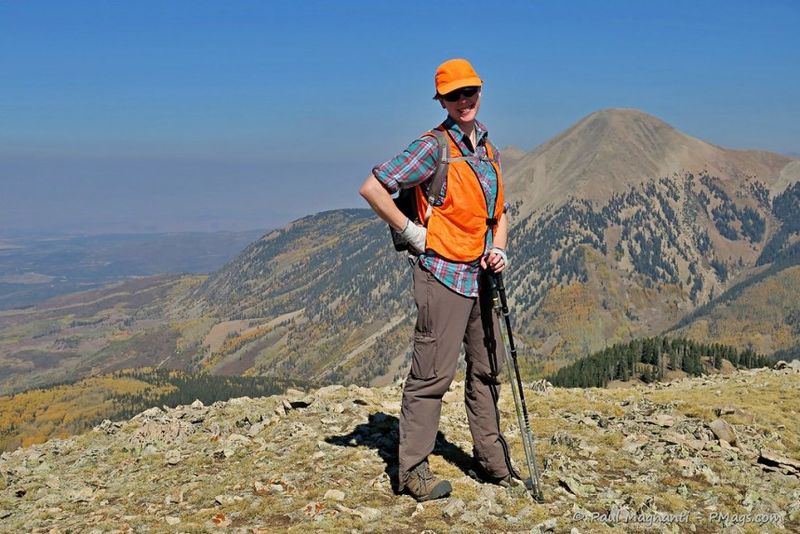
Early fall hunting seasons overlap with prime hiking weather, creating potentially dangerous situations for unprepared hikers. Hunters expect to encounter wildlife, not people wearing earth-tone hiking gear that blends into the forest.
Wear blaze orange clothing – at minimum a hat and vest – when hiking in areas open to hunting. Keep dogs visible with bright colors or reflective gear too.
Check local hunting regulations and maps to understand which areas allow hunting and what game seasons are currently active. Some trails cross both public hunting areas and protected zones where hunting is prohibited.
7. Water Plan: How Much, Where, and How You’ll Treat It
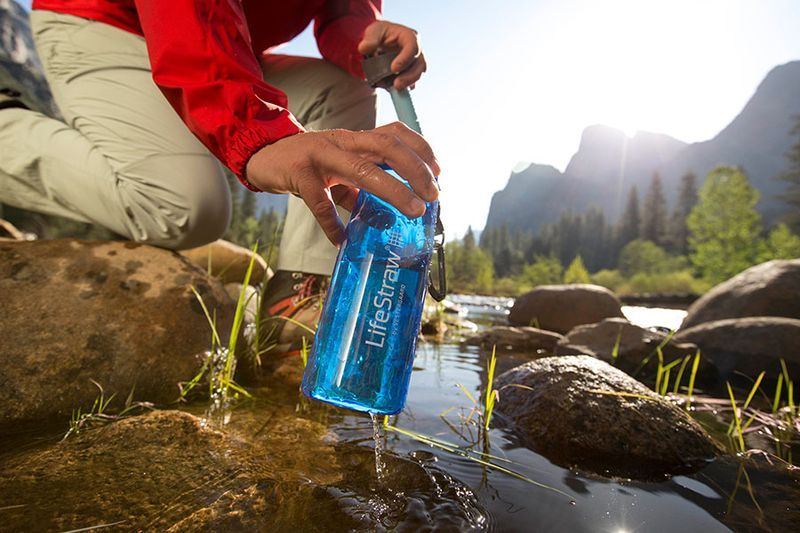
September heat can be deceptive – cooler mornings give way to scorching afternoons that demand serious hydration planning. Plan to drink roughly half to one liter per hour during strenuous activity or hot conditions, following Grand Canyon’s “Hike Smart” guidance.
Natural water sources require treatment, even in pristine wilderness areas. Boil water for at least one minute or use a quality filter, plus consider a secondary purification method for extra safety.
Carry more water than you think you need. Dehydration sneaks up quickly and impairs judgment when you need it most for navigation and safety decisions.
8. Wildlife & Insects

September wildlife behavior differs from summer patterns as animals prepare for winter, potentially making encounters more unpredictable. Bears are actively foraging to build fat reserves, while other large animals may be more territorial.
Secure all food properly and give large wildlife plenty of space – use binoculars for wildlife viewing rather than approaching for photos. Even seemingly docile animals can become aggressive without warning.
Ticks and mosquitoes remain active through early fall. Use EPA-registered repellents and consider permethrin-treated clothing for added protection against disease-carrying insects that can ruin your hiking season.
9. Daylight, Headlamp, and the Ten Essentials
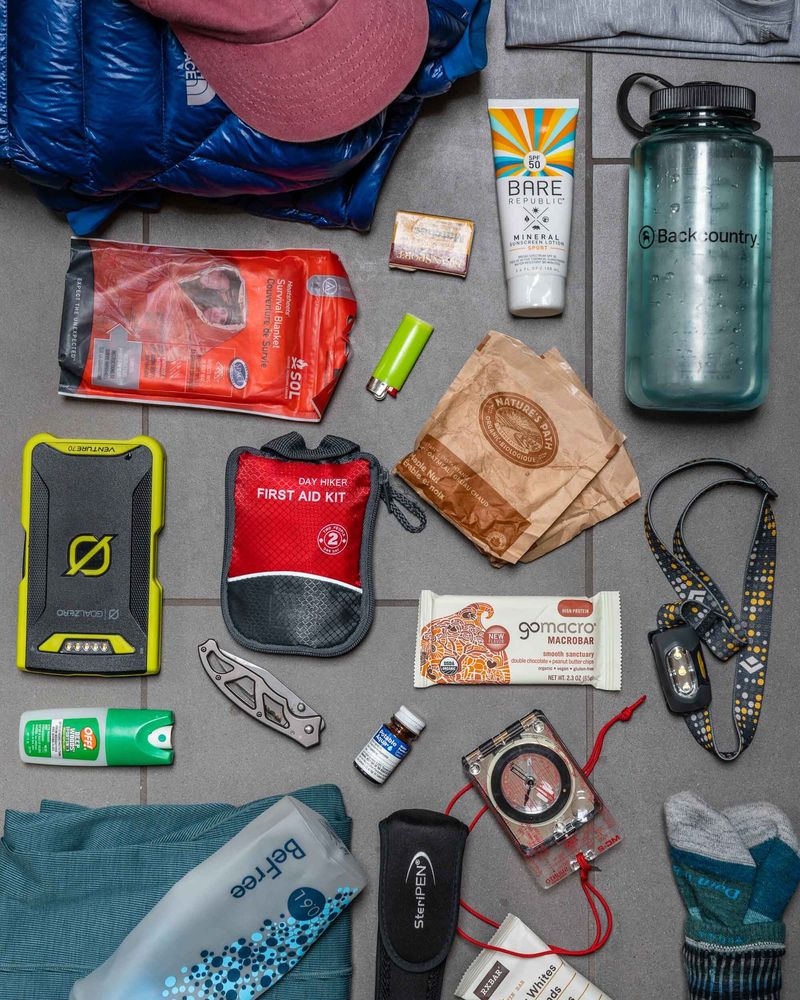
Daylight disappears surprisingly fast around the autumnal equinox on September 22, 2025. What starts as a leisurely morning hike can become a headlamp-dependent adventure if you misjudge timing or encounter unexpected delays.
Always carry a reliable headlamp and the Ten Essentials: navigation tools, light source, extra layers, first aid supplies, fire starter, repair kit, nutrition, hydration, sun protection, and emergency shelter.
Download offline maps using apps like the NPS App before heading into areas with spotty cell service. GPS works without cell towers, but map downloads require connectivity you won’t have on remote trails.
10. Coastal Hikes: Tides & Surf Hazards

Coastal trails present unique dangers that can trap unwary hikers when tides change. Check NOAA tide predictions for your specific hiking area and plan routes that don’t depend on low tide access.
Sneaker waves strike without warning, even on calm days, and can sweep people off rocks or beaches into frigid water. Rip currents create deadly swimming conditions that can overpower even strong swimmers.
Plan escape routes from beaches and rocky areas before high tide arrives. What looks like an easy walk during low tide can become impassable or deadly when water levels rise and waves intensify.
11. Lakes & Rivers: Harmful Algal Blooms (HABs)
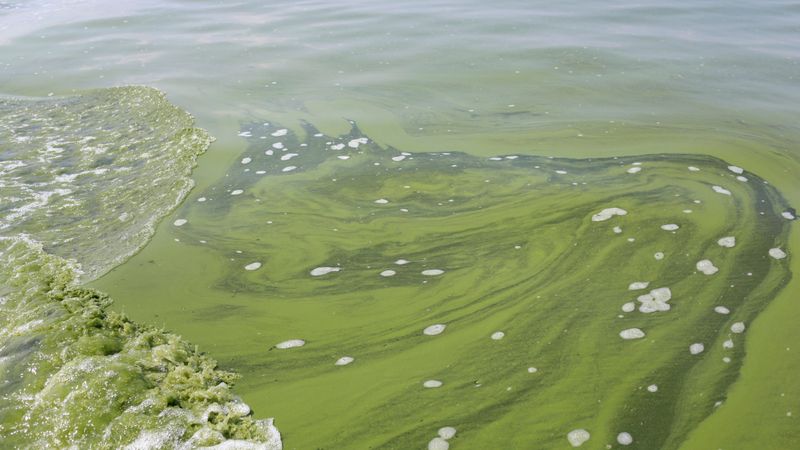
Late summer and early fall create perfect conditions for toxic algal blooms in lakes and slow-moving rivers. These blooms can poison both people and pets, causing serious illness or even death.
Stay away from water that looks scummy, smells foul, or shows unusual discoloration like bright green, blue-green, or reddish streaks. Even brief contact with contaminated water can cause skin irritation and respiratory problems.
Follow local health advisories and keep pets from drinking or swimming in questionable water. Boiling contaminated water doesn’t eliminate algal toxins – find alternative water sources or carry extra treated water instead.
12. Trail Stewardship: Leave No Trace
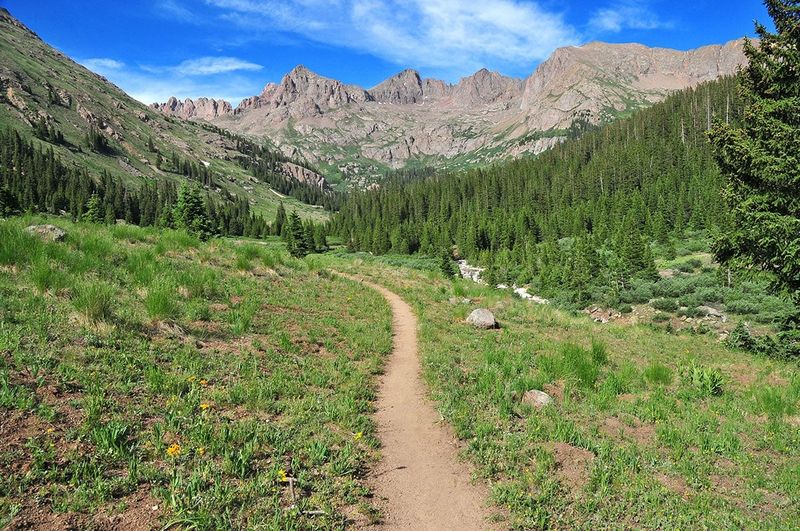
September’s busy hiking season puts extra stress on trail systems already impacted by summer crowds. Staying on designated trails – yes, even walking through muddy sections – prevents erosion and protects fragile vegetation recovering from summer traffic.
Pack out all trash, including organic waste like banana peels and apple cores that don’t belong in local ecosystems. What seems “natural” to you might be invasive or harmful to native wildlife.
Review the seven Leave No Trace principles before heading out. Responsible hiking practices ensure these trails remain beautiful and accessible for future generations of outdoor enthusiasts.

